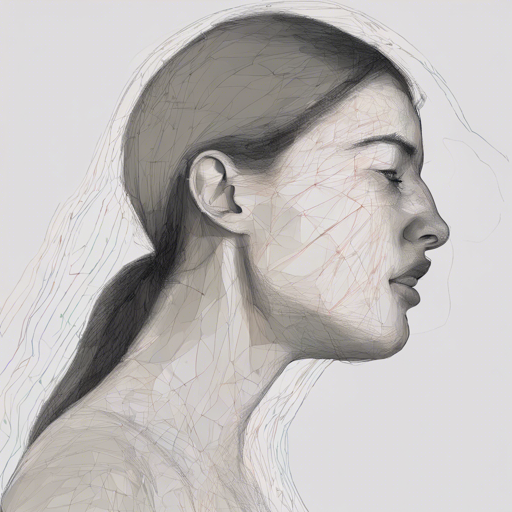Driving drowsy is a significant risk that can lead to serious accidents. Thankfully, advancements in computer vision can help detect drowsiness in real-time. In this blog, you will learn how to implement a drowsiness detection system using OpenCV, Python, and a few other libraries. Additionally, you will find troubleshooting tips and resources to help enhance your development experience.
Applications
This technology is particularly beneficial for drivers who often find themselves on long journeys, where fatigue can lead to severe accidents. By providing alerts when drowsiness is detected, this system can significantly enhance road safety.
Code Requirements
Before starting, ensure you have Python (version 2.7 or higher) installed on your machine. You will also need to set up a few dependencies:
- cv2
- imutils
- dlib
- scipy
Understanding the Algorithm
The core of our drowsiness detection algorithm revolves around monitoring the shape of the eyes. Imagine observing a pair of eyes blinking rapidly and then slowly—just like a curious cat watching a laser dot. The algorithm assigns six coordinates to each eye, working clockwise to track their position. When the Eye Aspect Ratio (EAR) falls below a specific threshold (0.25) for 20 consecutive frames, we trigger an alert.
Execution Steps
To run the drowsiness detection system, follow these simple commands:
python Drowsiness_Detection.pyTroubleshooting Tips
- Ensure that you have all the required Python libraries installed. You can use pip to install missing packages.
- If the camera feed does not appear, verify that the camera is connected and accessible.
- If the alert triggers continuously, check the eye detection thresholds and adjust the EAR limit.
- For more insights, updates, or to collaborate on AI development projects, stay connected with fxis.ai.
Conclusion
Implementing a drowsiness detection system using OpenCV can vastly improve safety for long-distance drivers. This guide provides a foundational understanding and practical steps to set up the system effectively.
At fxis.ai, we believe that such advancements are crucial for the future of AI, as they enable more comprehensive and effective solutions. Our team is continually exploring new methodologies to push the envelope in artificial intelligence, ensuring that our clients benefit from the latest technological innovations.
References
For more information on the drowsiness detection algorithm, visit the PyImageSearch Blog.
Now go ahead and create a safer driving environment with your drowsiness detection code!

